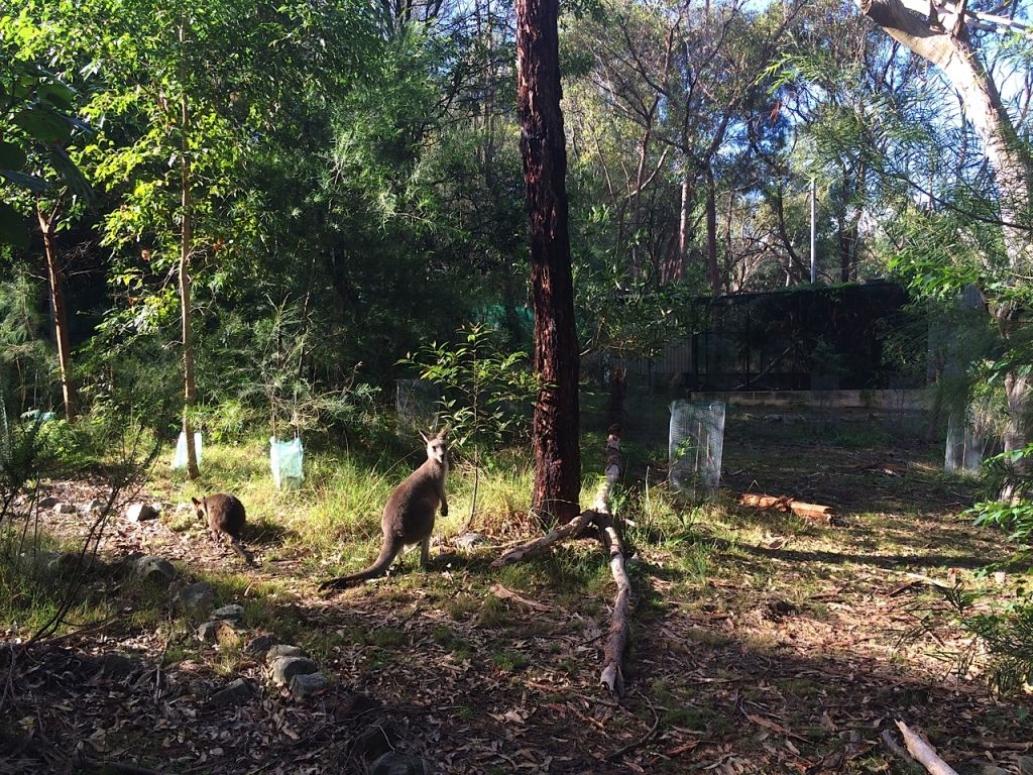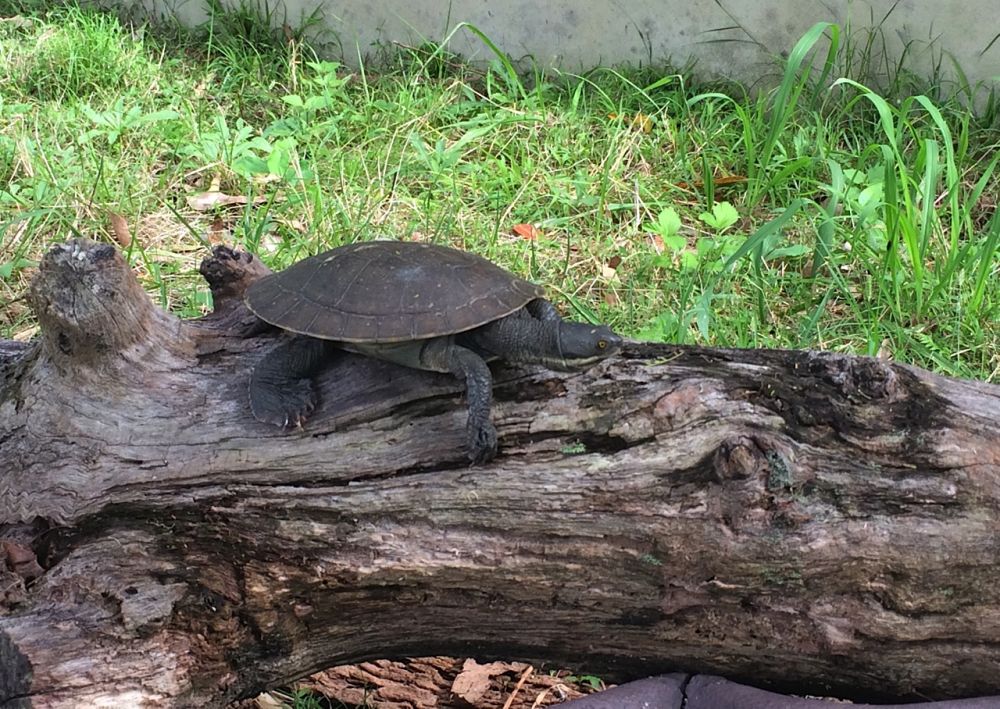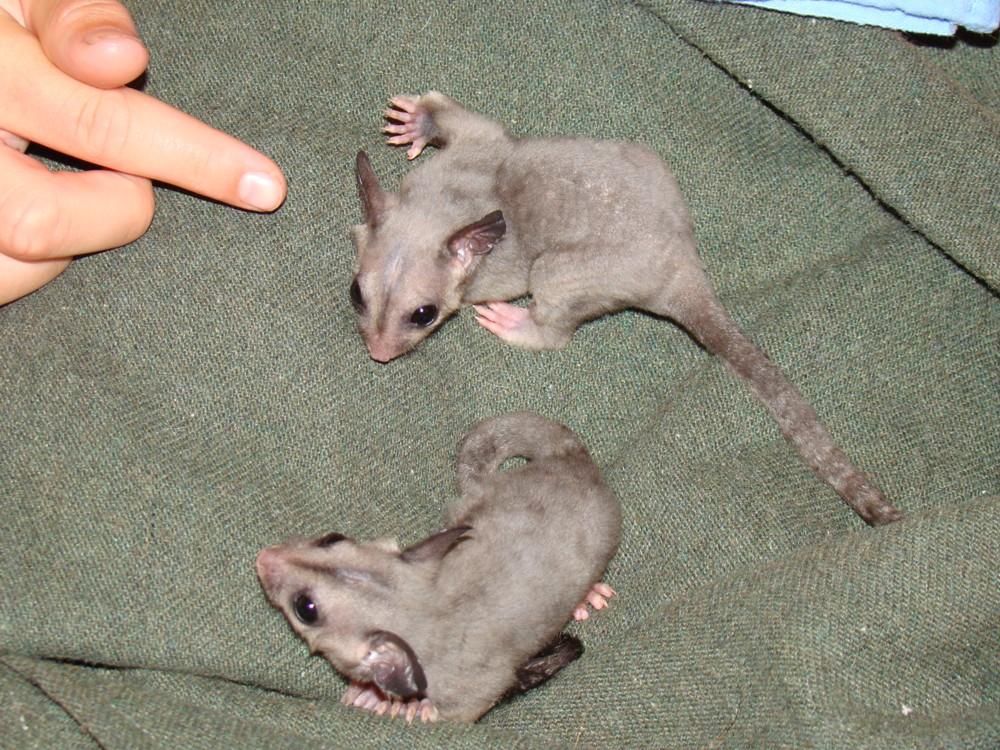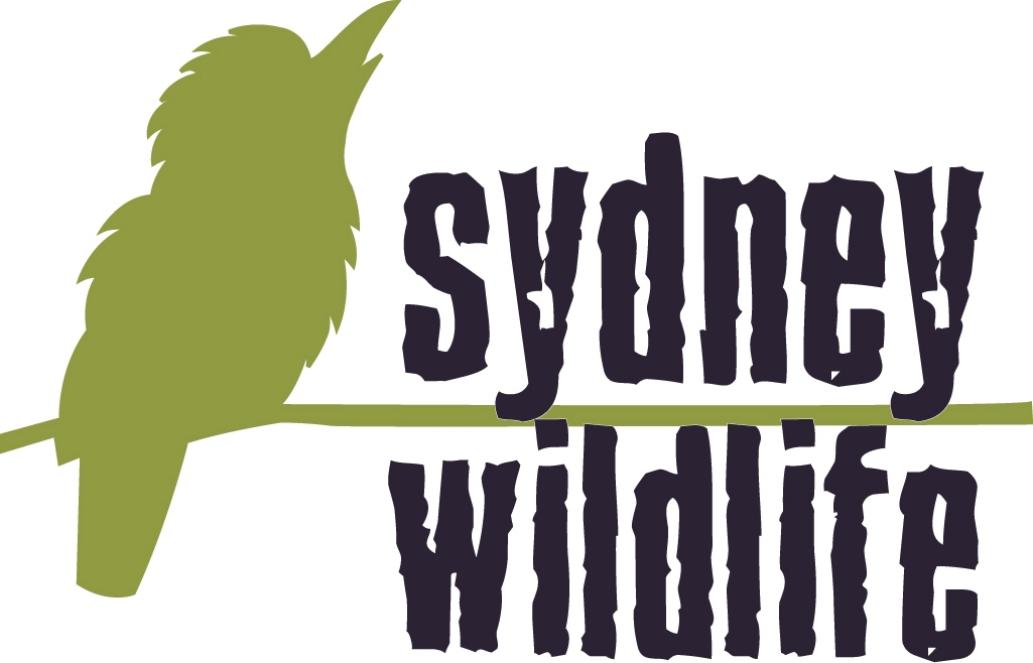June 19 - 25, 2016: Issue 268
Sydney Wildlife Rehabilitation Facility at Waratah Park

Macropods at the Sydney Wildlife rehabilitation facility
Late one night a swamp wallaby was bounding through the bush alongside a busy main road. Wishing to cross to the other side, he jumped onto the road and collided with the side of a car. Sadly, the driver of that car did not stop. Thankfully, however, a kind man by the name of Matt saw the poor animal get hit and stopped immediately. He picked up the adult wallaby, wrapped it in a drop-sheet and drove all the way to a 24 hour animal hospital to get veterinary attention for the animal.
The wallaby was x-rayed and had a full examination. He was found to have head trauma, nystagmus (vision impairment – possibly as a result of the head trauma) and was poorly ambulatory. He was treated with the necessary medication and allowed to rest.
The next morning he was very quiet but did respond slowly to noise. He still had minimal response to light, indicating possible blindness.
The vets wanted the wallaby to have a few days’ rest to ascertain whether or not the blindness was a temporary symptom of the concussion. A volunteer carer from Sydney Wildlife collected him that night and transferred him to their Macropod Rehabilitation Facility at Waratah Park. The wallaby was set up in the quarantine room. The poor thing just sat in the corner of the room with his head bowed.
The next morning, however, he seemed able to hop around, unsteadily, and his sight appeared to be slowly returning. Over the next few days, he began to hop around in the outside enclosure without bumping into obstacles.
Within one week he was back to being a normal wild swamp wallaby - thumping his feet on the ground as a warning if your approach was too close before taking off at great speed around the enclosure.
It was decided that he could now be released back into the wild and hopefully would go on to live a long and carefree life.
Our thanks to Joan Reid, co-ordinator of the Sydney Wildlife Rehabilitation Facility for providing answers to these queries:
When was the Sydney Wildlife Rehabilitation Facility at Waratah Park opened?
Sydney Wildlife started building a rehabilitation facility for rescued native wildlife at the end of 2012
What animals are treated there and what facilities are there for them (open spaces and treatment boxes/cages?
The facility is for native animals that have been rescued or hand raised at the end of their time with a carer before being released back into their native habitat. To do this properly we need to make sure these animals have very good muscle strength allowing them to run, hop or fly away from danger once released.
We have varying sized enclosures for this:
Macropods ( wallabies and kangaroos) have two areas, one which is approximately 40 x 60 mtres and another adjoining much larger one.
We sometimes get adult macropods involved in car accidents and after vet checking they come to our rubber padded room where they are able to settle down and cannot hurt themselves further.
There are 4 large aviaries used for possums, gliders, pygmy possums, birds,and some reptiles.
Pit areas used for echidnas, bandicoots, turtles and lizards.


Most of the animals only need about 1 month at the facility except for the macropods that take a lot longer to grow and rehabilitate.
This process of hand raising and rehabilitation can be a very long one when carers receive a hairless joey to look after when its mum has died. Joeys in this case can be in care for up to 18 months before release.
Once released it is very hard to tell most wallabies apart so we microchip all our macropods before releasing them back to their native habitat. We have let our local vets and the road kill committee know about our microchiped macropods so they can check to see if they are our handraised ones and contact us with the details.
Luckily so far none of our microchiped macropods have been found injured, which is a great feeling making us think we are doing right with our release techniques.
What staff are on hand to help out and what are their different roles?
We have three main Sydney Wildlife volunteers that go up to the facility daily to feed the animals and clean the enclosures.
We keep a daily diary of what is happening with the animals and how they are going with their rehabilitation.
We also have other Sydney Wildlife volunteers that help and quite a few companies that do working bees for us at the park through their "give days", which is amazing.This works well as people need to have insurance to come on to the site and we can make days that suit the volunteers days off from their paid work.
Lately after the storms we have been very lucky to have also had some professional tree services come and chainsaw the fallen trees.
How is this work funded?
We fund our rehabilitation facility through donations on Global Giving globalgiving.org/projects/sydney-wildlife-rehabilitate-wallabies-and-kangaroos/.
What is coming up in the future?
Since we started the rehabilitation facility we have been very lucky to have had help from many companies and individuals that have donated goods, money and their precious time to help us.
It is because of all this wonderful help that we have been able to build facilities to rehabilitate and release not just macropods but many other beautiful native animals in a relatively short time.
We at Sydney Wildlife have large wonderful dreams for our wildlife and are now wanting to give them the chance of going to a dedicated wildlife vet clinic when they first come into care, to do this we are raising funds to buy and fit out a second hand RV with specialised equipment. People can read about this on our campaign page by visiitng www.gofundme.com/22abqws
If anyone would like to become a sponsor and have their name on our van please email info@sydneywildlife.org.au or call Sydney Wildlife on 9413 4300
How can individuals get involved in caring for the animals or help out in office work, perhaps taking calls etc. for injured animals?
There are many ways the public can be involved with Sydney Wildlife. Please click on the link below and learn all about how you can get involved, help us help our wildlife.
